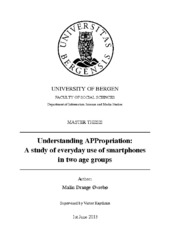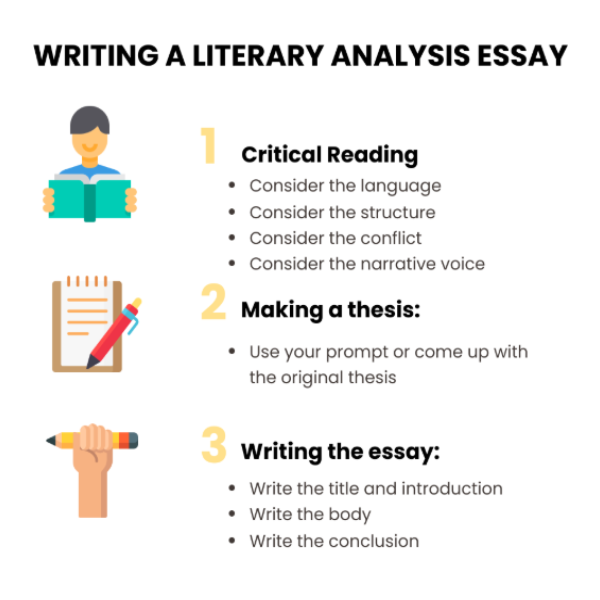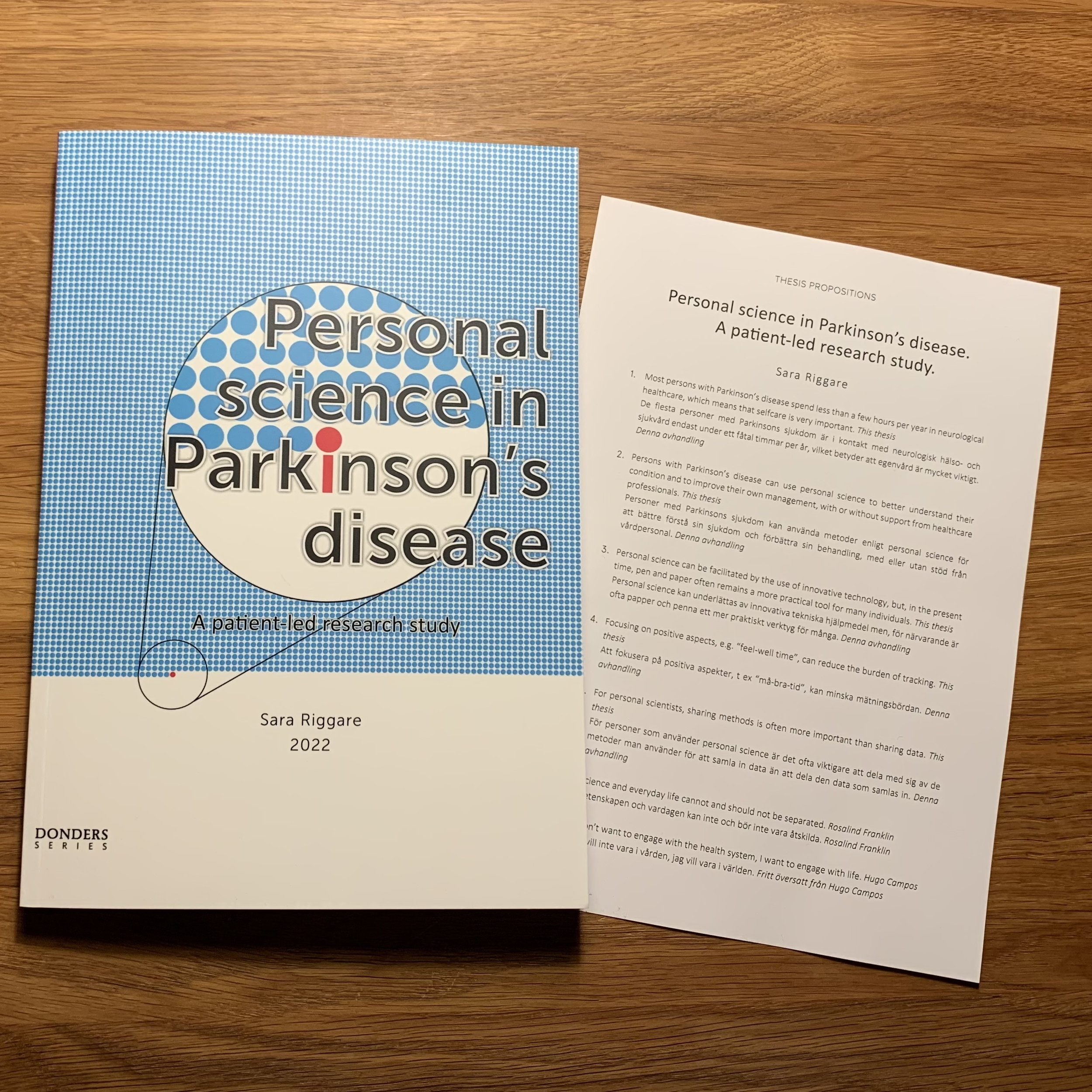In Alice Walker's short story "Everyday Use," the narrator, Mama, is faced with the difficult decision of which of her daughters, Maggie or Dee, will inherit a family heirloom: a handmade quilt. At first glance, the quilt seems like a simple object, but it represents much more than just a piece of fabric. It embodies the history, culture, and traditions of Mama's family, and represents the link between the past and the present.
The main conflict in the story centers around the different values and beliefs that Mama and her daughters have about the quilt and what it represents. Mama sees the quilt as a symbol of her family's heritage and wants to give it to her daughter Maggie, who she believes will appreciate and use it in a way that honors the quilt's history and the hard work that went into making it. On the other hand, Dee, who has changed her name to Wangero and adopted a more "African" identity, sees the quilt as nothing more than a decorative object and wants to hang it on her wall as a "symbol" of her connection to her African heritage.
The story's thesis can be summarized as follows: the quilt in "Everyday Use" represents the conflict between two different approaches to cultural heritage and tradition – one that values the practical, everyday use of these traditions and one that sees them as nothing more than a way to perform and display a certain identity.
Mama embodies the first approach, as she values the quilt for its practical use and for the memories and stories it holds. She knows that the quilt was made by her mother and other women in the community as a way to keep warm, and she wants to pass it down to Maggie, who she knows will use it and appreciate it in the same way. Mama understands that the quilt is more than just a decorative object – it represents the hard work and ingenuity of her ancestors, and is a tangible connection to her family's history.
On the other hand, Dee represents the second approach, as she sees the quilt only as a way to display her connection to her African heritage and as a way to impress her friends. She has no interest in the quilt's practical use or in the stories and memories it holds, and sees it only as a way to perform a certain identity.
In the end, Mama decides to give the quilt to Maggie, recognizing that she is the one who will truly value and appreciate it. By doing so, she reaffirms her commitment to the everyday use and practical value of her cultural traditions, rather than simply using them as a way to perform or display a certain identity.
Overall, "Everyday Use" is a poignant and thought-provoking story that explores the complex relationship between cultural heritage, tradition, and identity. It challenges readers to think about the ways in which they approach and value their own cultural traditions, and encourages them to consider the importance of preserving and passing down these traditions in a meaningful way.






